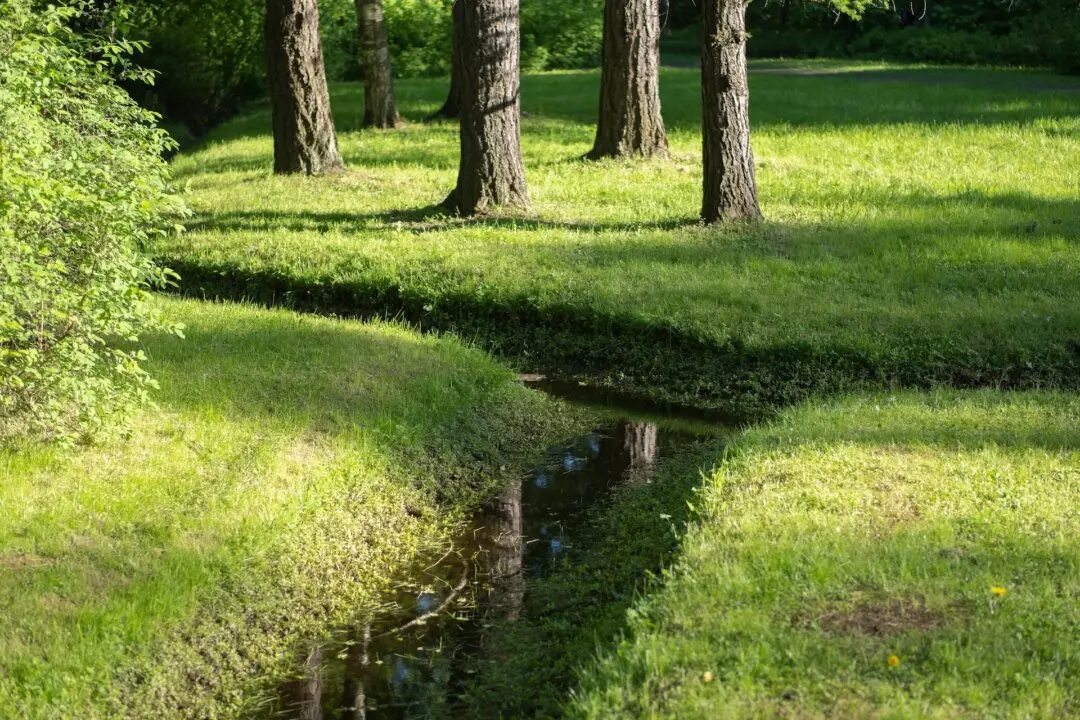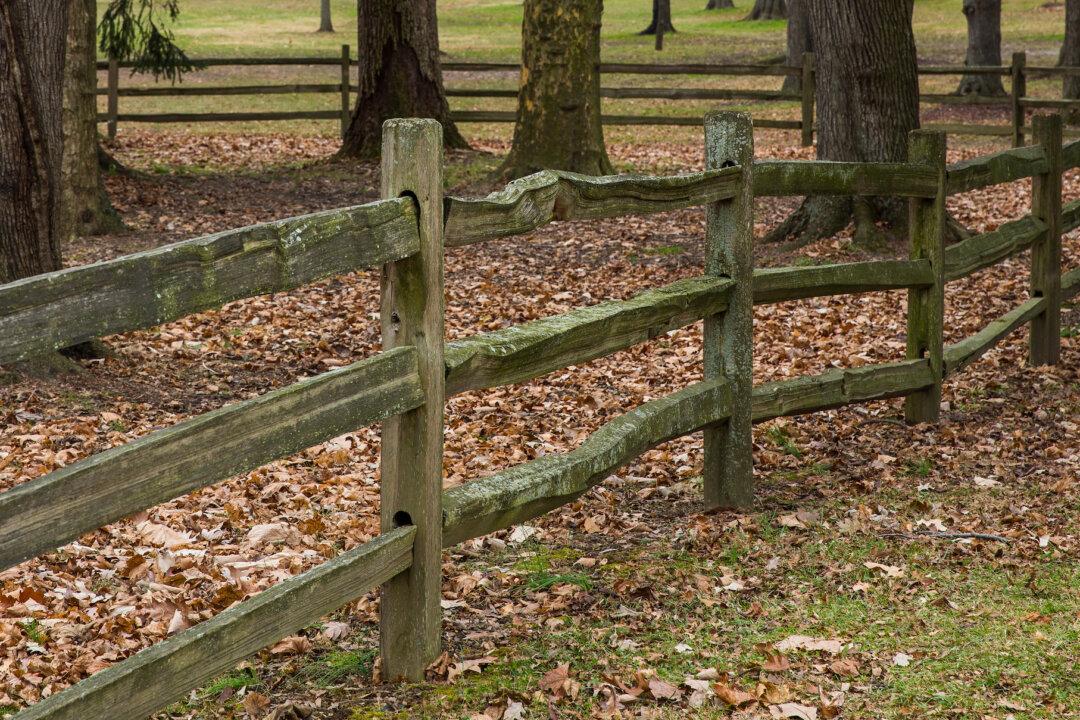Dear James: Our concrete patio looks pretty drab. We painted it several years ago, but the finish did not last long. How else can we add some lasting color to it? —Debi T.
Dear Debi: A newly poured concrete patio can look nice, but it quickly becomes a dull gray. If you have decorative landscaping around the deck, a subtle brown or green complements the plants. Don’t go overly bold or it will detract from the landscaping colors.





